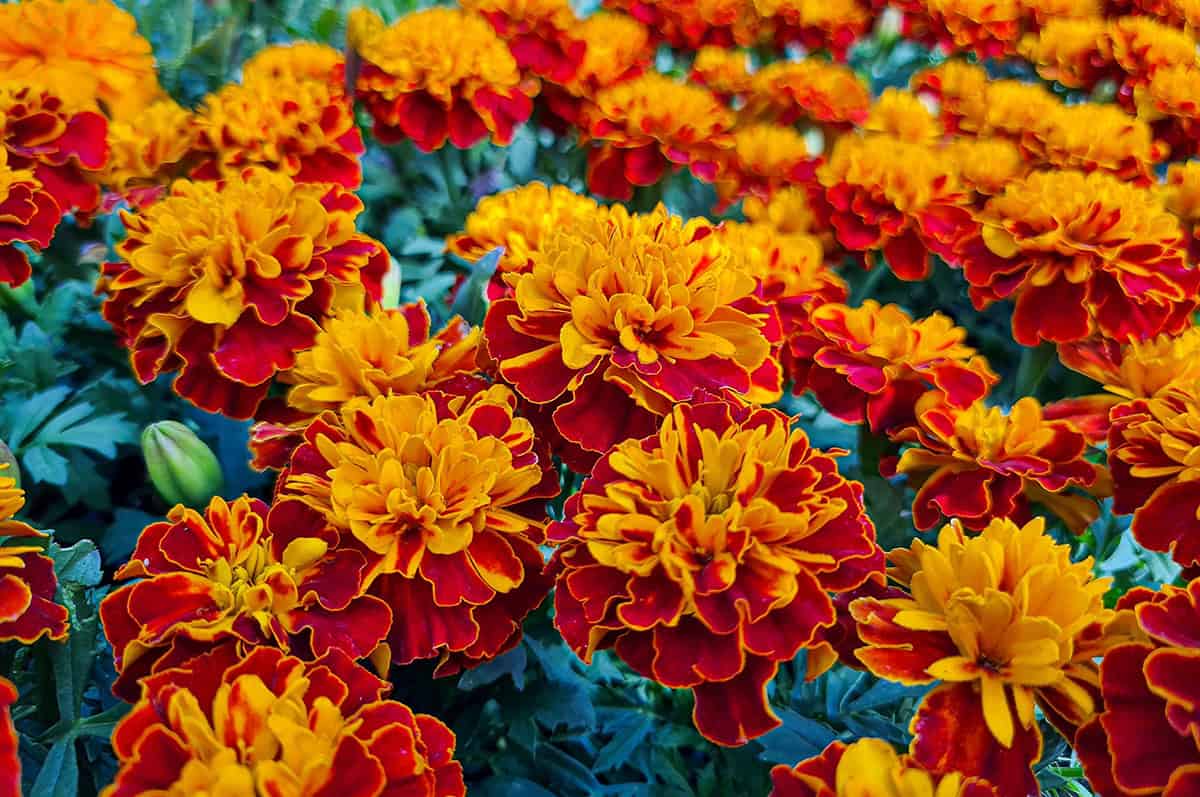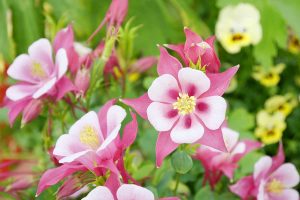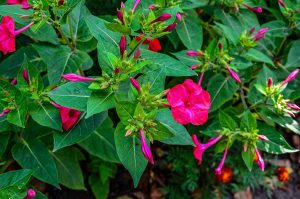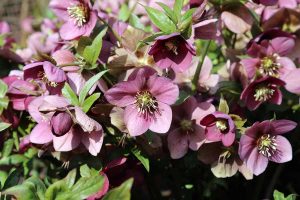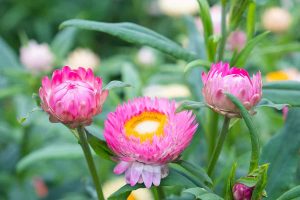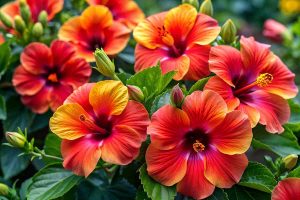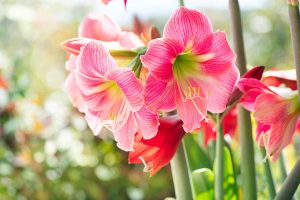Spring flowers aren’t just about instant beauty—they’re about setting your garden up for a season full of life. Whether you’re a beginner or a seasoned gardener, this guide will help you pick the right ones.
Table of Contents
Flowers To Plant In Spring
Spring opens up a whole palette—hardy annuals that laugh at chilly mornings, perennials that settle in for the long haul. Whether you’re after non-stop color, sweet scents, or a haven for bees and butterflies, there’s something for every garden mood.
Marigolds
Reliable, unfussy, and always cheerful—marigolds are the kind of flower you can count on. They shrug off heat and rough soil, and those orange and yellow blooms really pop in beds or pots.
Give them full sun and they’ll reward you. Their scent even helps keep bugs away from veggies. Snip off faded flowers to keep the show going.
Short types are nice for borders, and the tall ones fill out bigger spaces. Just sow the seeds right into the ground after frost is over and you’re good to go.
Zinnias
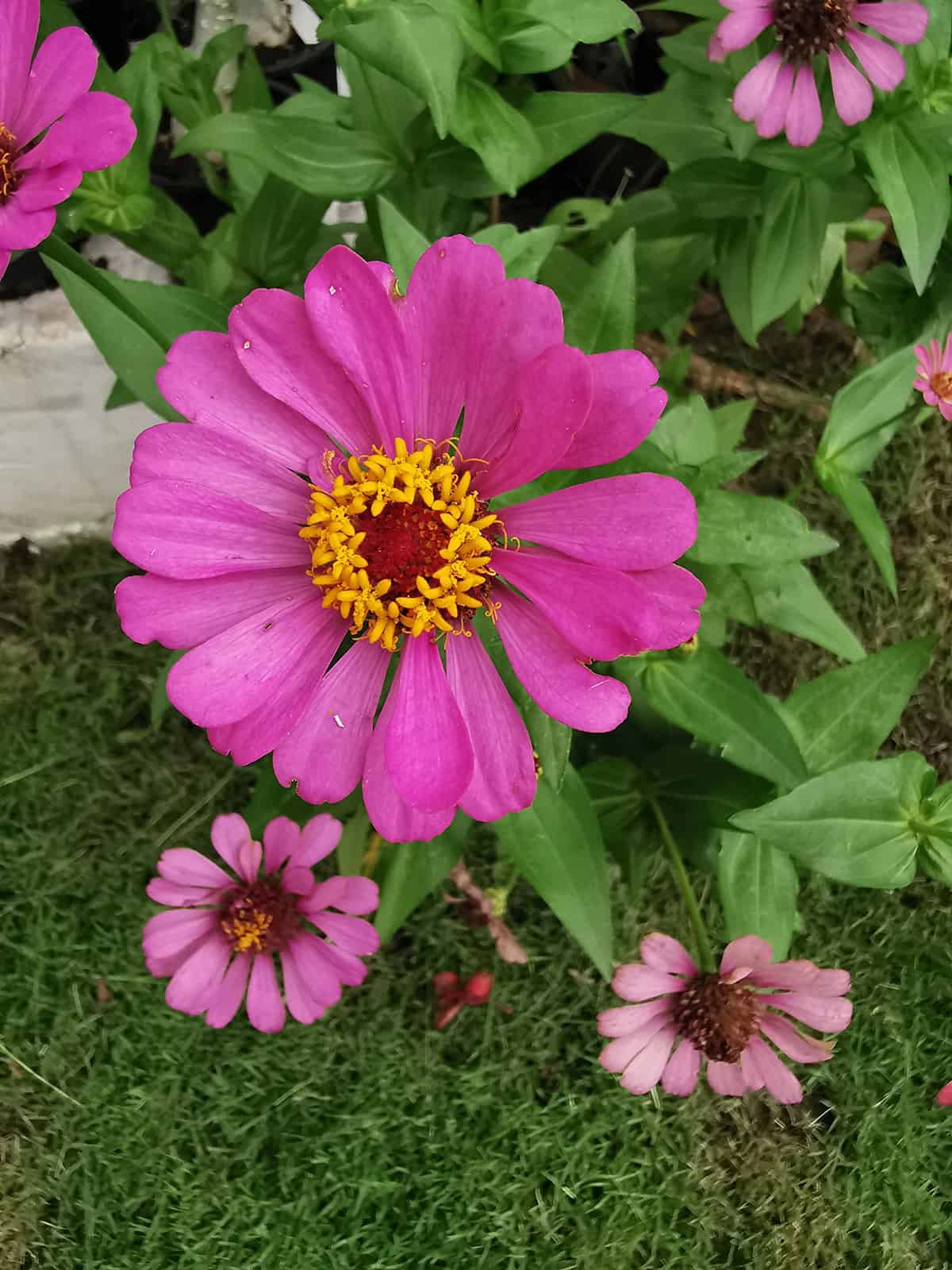
Zinnias love warm days and put on a bold display. The color options? Practically endless—pastels, deep reds, purples. Their sturdy stems make them a favorite for bouquets.
They want full sun and soil that drains well. Try to water at the base; wet leaves can lead to mildew. Deadhead now and then for a steady stream of blooms.
Dwarf zinnias are great in pots. If you’ve got space, tall ones can hit a few feet and look dramatic in the back of a border.
Petunias
Petunias are non-stop bloomers from late spring right up to frost. Their trumpet flowers spill beautifully from baskets, beds, or window boxes—and the color range is wild, even stripes and two-tones.
They like plenty of sun but will manage in light shade. Just make sure the soil drains, and water regularly without soaking the leaves.
Trailing petunias are perfect for containers, while the more upright ones keep borders looking tidy. Pinching them back now and then keeps them bushy.
Geraniums
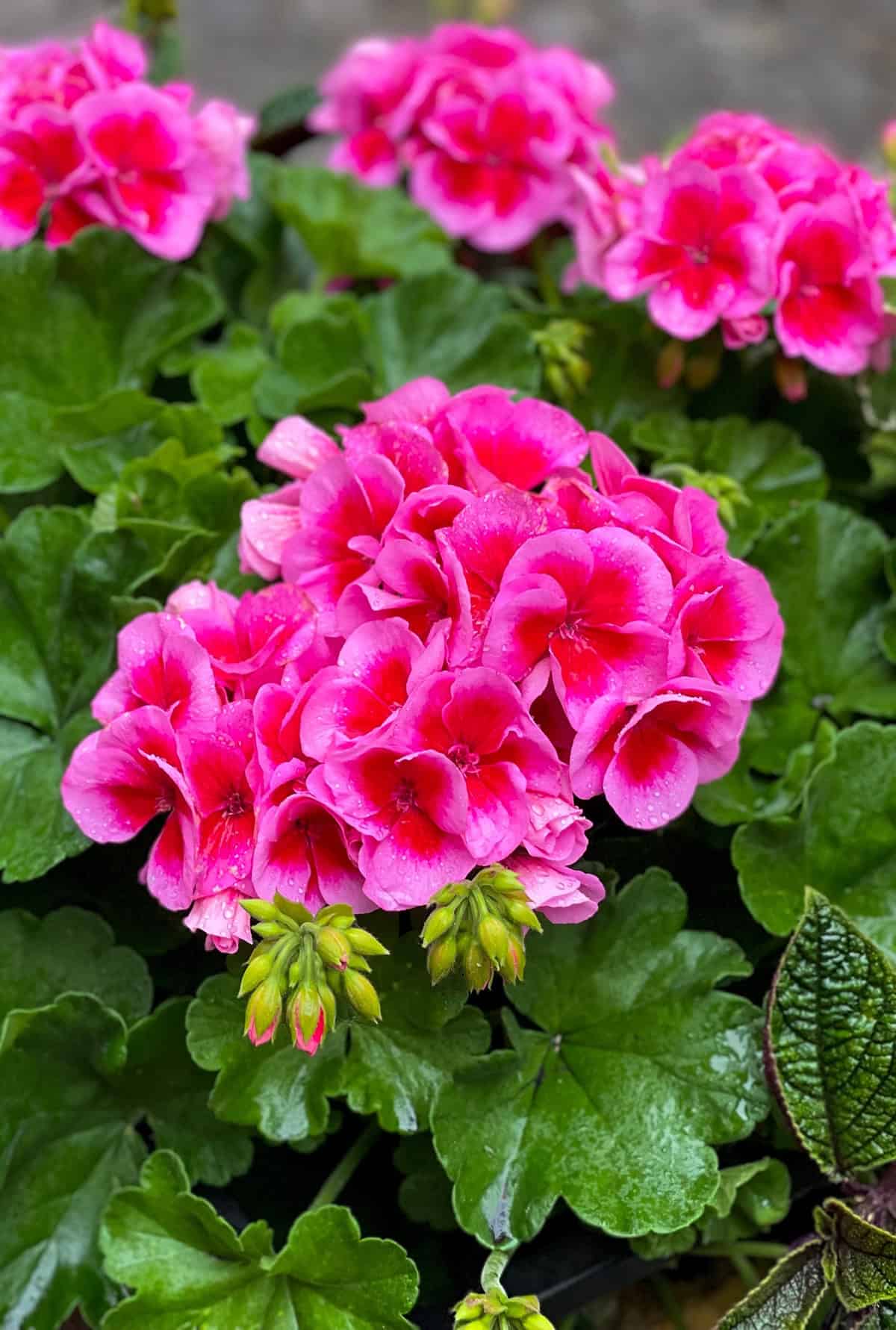
There’s a reason geraniums keep showing up everywhere—bright clusters of blooms, that signature scented foliage, and they’re just plain easy. They’ll thrive in pots, beds, or as neat borders.
Six hours of sun is their sweet spot. Loose, well-draining soil is best. Water when the topsoil dries out.
Snip off spent blooms to keep them flowering. If winter’s rough where you live, you can always bring them inside till spring comes around again.
Impatiens
If you’ve got shade, impatiens are a lifesaver. They cover themselves in soft petals—pink, red, purple, white—where other annuals might not even try.
They need moist, well-drained soil and a break from harsh afternoon sun. Too much heat or dry spells and you’ll see them wilt fast. Keep the water coming, but don’t drown them.
They’re compact, so they’re just right for containers, under trees, or along shady borders. Once they’re settled in, they’ll bloom right up to frost with barely any fuss.
Begonias
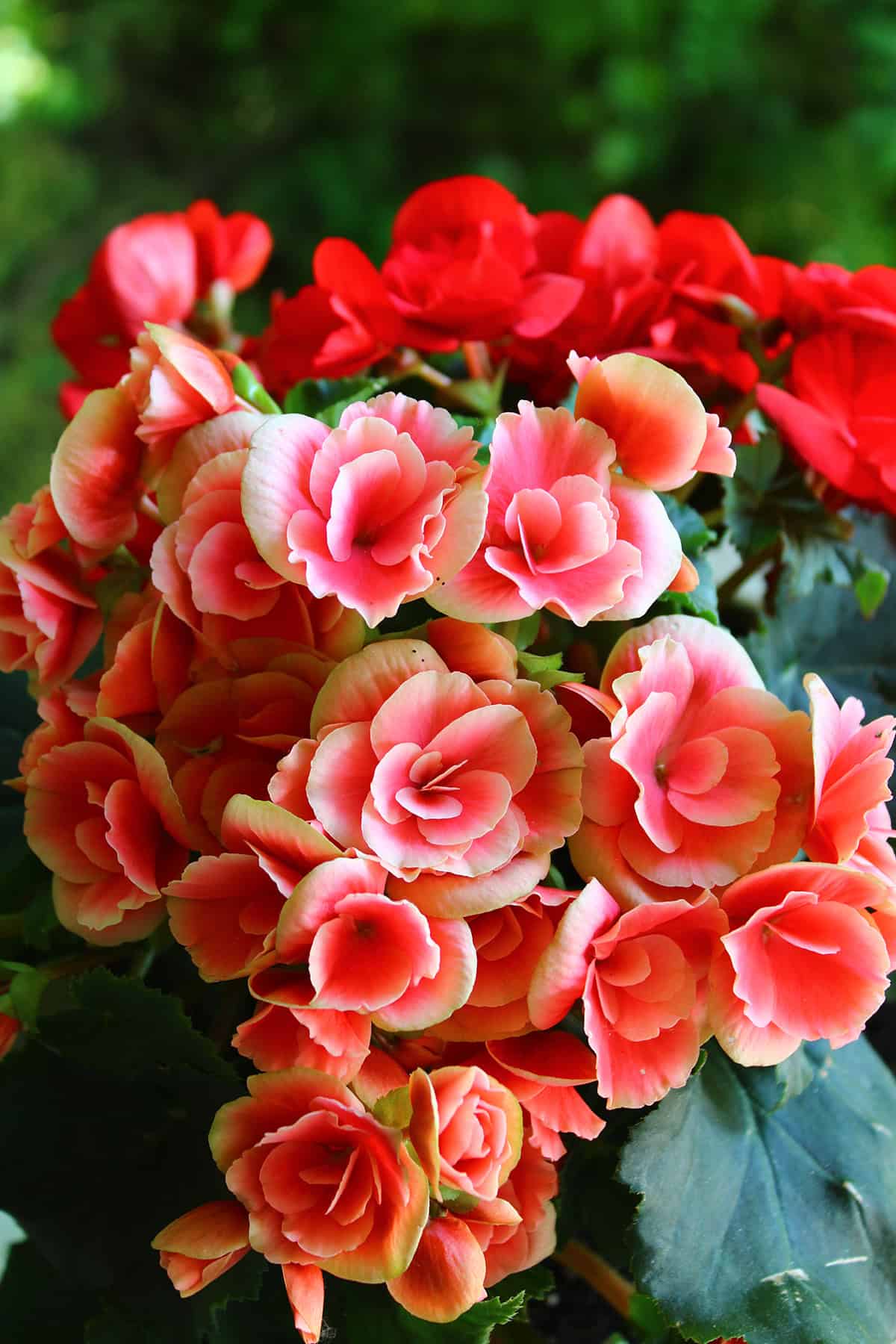
Begonias are pretty adaptable—some like sun, others prefer shade. With their waxy leaves and flashy flowers, they’re at home in beds or pots, and some types have foliage as interesting as the blooms.
They want soil that drains and steady moisture, but don’t go overboard—let the top soil dry a bit between waterings.
Pick from fibrous, tuberous, or rex depending on your setup. Pinching back the stems helps them fill out nicely.
Cosmos
Cosmos are quick growers, tossing up daisy-like flowers in pink, white, and purple, even in spots where other plants give up. Their feathery foliage gives a garden a soft, airy feel.
Full sun is best, and once they’re established, they don’t mind a bit of drought. Just sow seeds outside after frost and let them do their thing—they’ll often come back on their own.
The tall ones might flop without support, but shorter cosmos are happy along borders. Snip some for a vase and you’ll get even more blooms.
Sunflowers
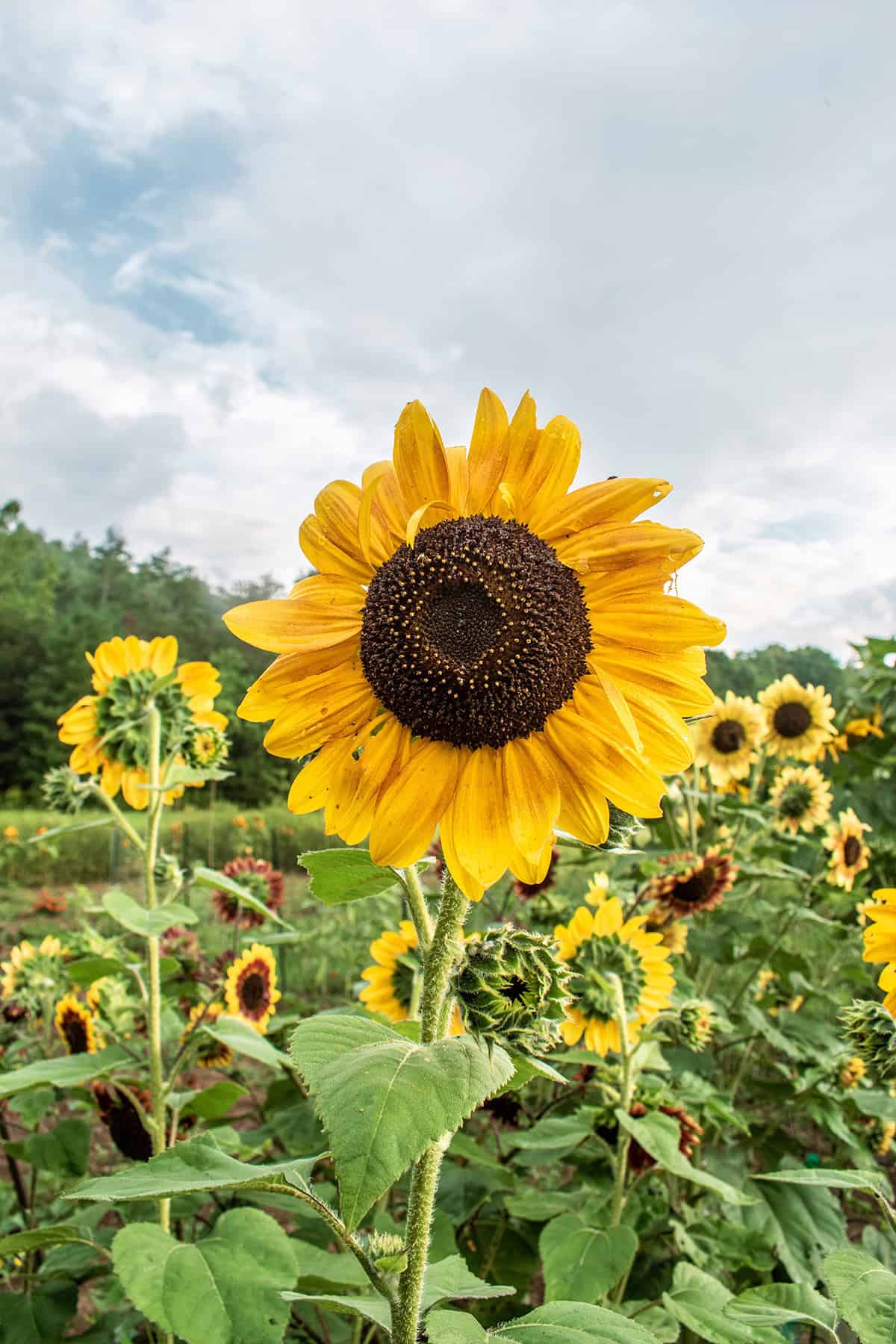
Sunflowers are the showstoppers—towering stems, giant golden faces that track the sun. They’re great for looks or for harvesting seeds.
They need all the sun you can give and soil that drains well. Give them space; their roots like to stretch. Tall types may need staking if it’s windy.
Shorter sunflowers are fun in pots or small gardens. Plus, birds and pollinators can’t resist them.
Morning Glories
These fast climbers cover trellises or fences with heart-shaped leaves and blooms that open with the sunrise. By afternoon, the flowers close up shop till the next day.
They want full sun and average soil—nothing fancy. Sow seeds right where you want them, since they hate being moved. Soaking seeds overnight helps them sprout faster.
Expect vines to hit ten feet or more in one season. They often self-seed, so don’t be surprised if they pop up next year too.
Nasturtiums
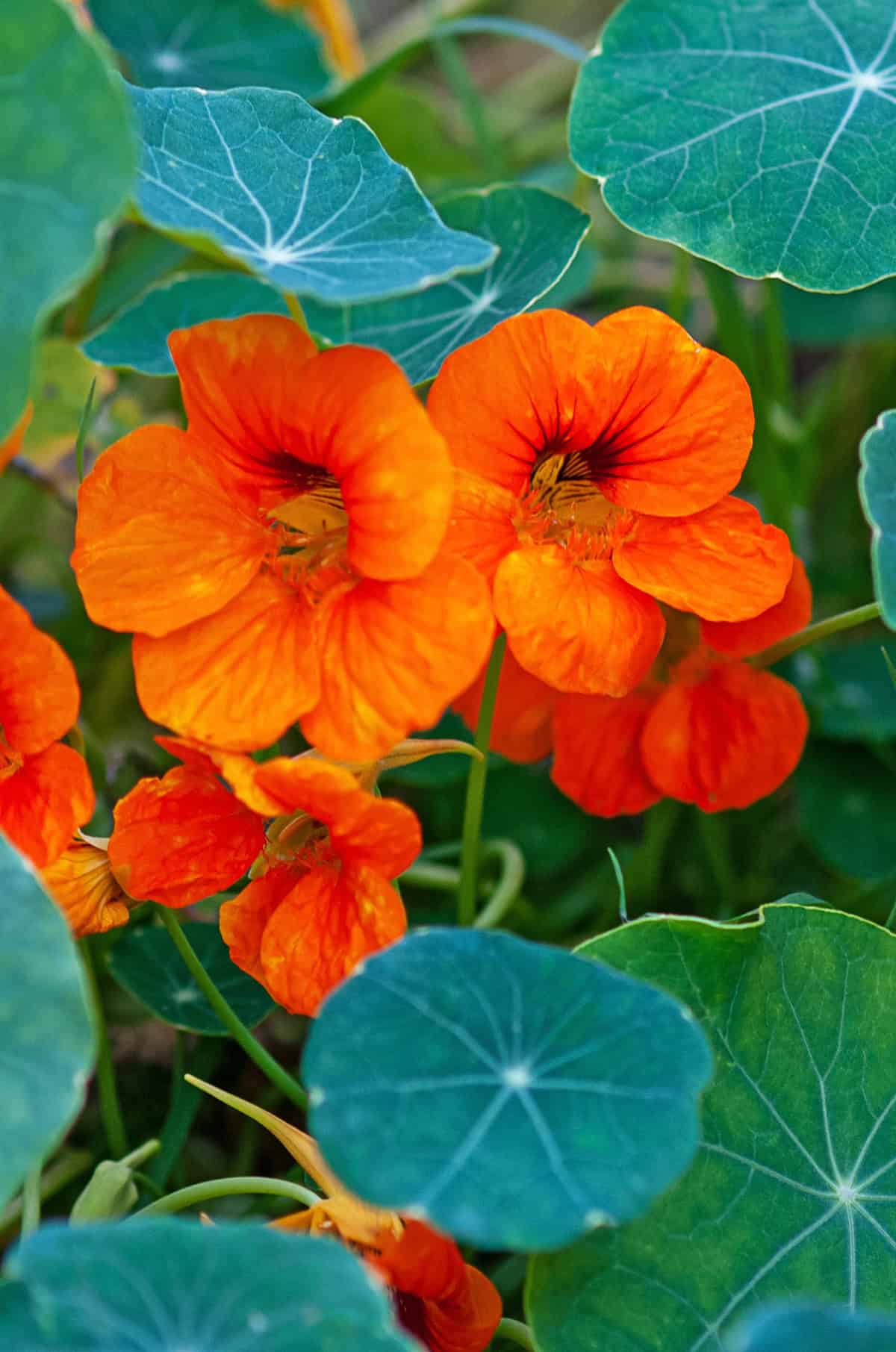
Nasturtiums are a treat—round leaves, vivid flowers in orange, yellow, red, and both the leaves and blooms are edible with a peppery bite.
They actually prefer poor soil; too much fertilizer means fewer flowers. They’re easy in pots, borders, or hanging baskets.
Direct-sow after frost. Their trailing habit makes them handy as ground cover or for cascading over edges.
Sweet Peas
Sweet peas are all about that fragrance, with delicate blooms in soft pastels or bold hues. They’ll climb trellises and fences with a little help.
They need cool weather, so get them in early. Rich, well-drained soil and steady moisture keep them happy. Mulch helps the roots stay cool.
Give them netting or stakes to climb. Snipping blooms for bouquets encourages more to come.
Pansies
Pansies bring a splash of early color with their cheerful, almost whimsical faces. They’re tough enough to handle chilly spring days.
They’ll grow in sun or partial shade. Go for rich, well-drained soil and keep them watered—but not soggy.
They’re tidy in borders or window boxes. Pinch off old flowers to keep them blooming into early summer.
Violas
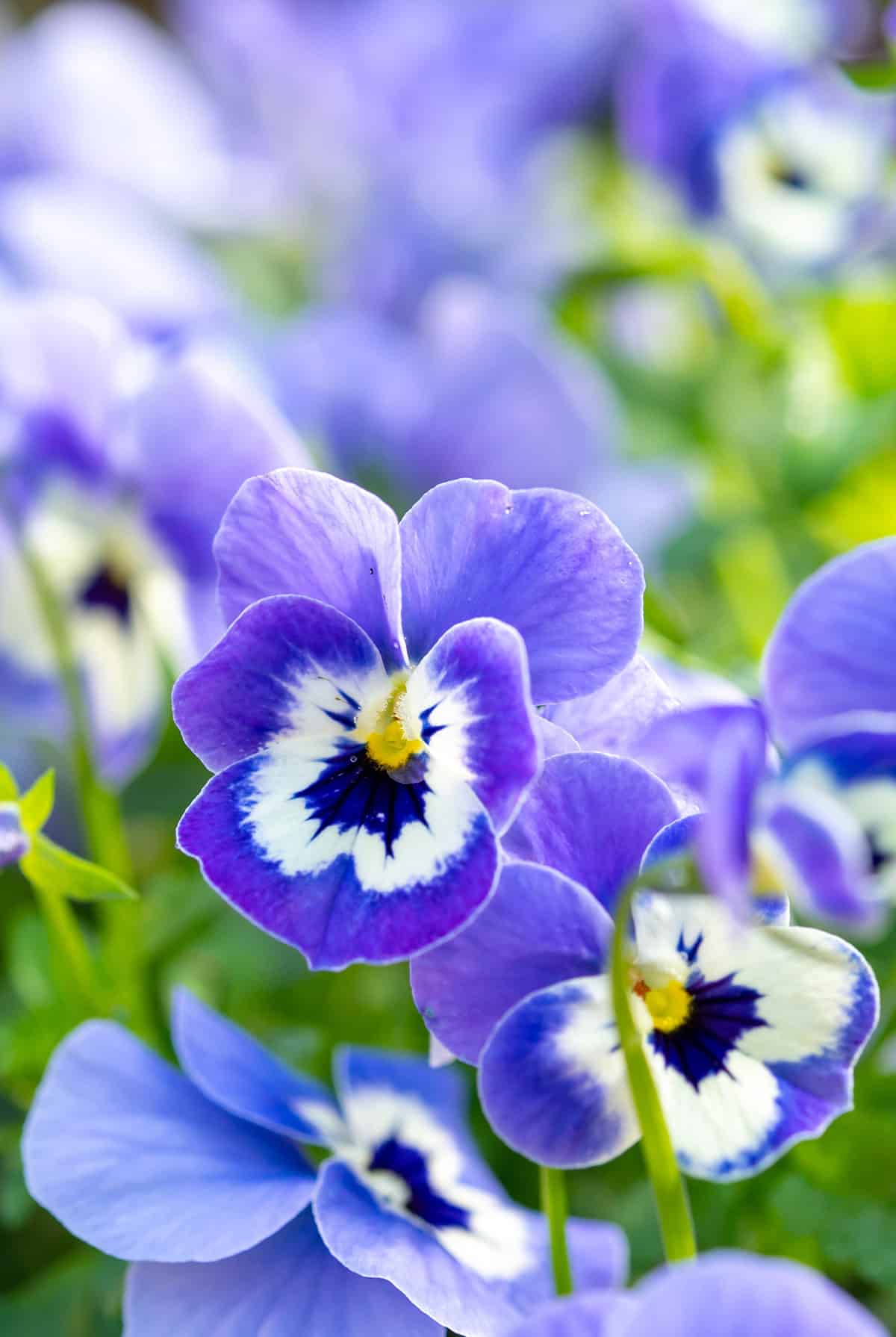
Violas look like pansies’ smaller, hardier cousins and often bloom longer. They tend to self-seed, so you might see them again next year.
Cool weather suits them, and they’re fine in sun or a bit of shade. Moist, fertile soil helps them thrive.
Great for edging, rock gardens, or containers. The little blooms draw in pollinators and keep things colorful well into summer.
Dianthus
Dianthus brings spicy-scented flowers in pink, red, or white, with those distinctive fringed petals.
They love sun and soil that drains. Too much water is trouble, so let the soil dry a bit between drinks. Deadhead for more blooms.
They’re compact, making them nice for borders or rock gardens. Some types come back each year, others are just for the season.
Alyssum
Alyssum forms low mats of tiny blooms—white, pink, or purple—with a sweet scent that pollinators adore.
They’ll take full sun but don’t mind a little shade. Once they’re going, they’re low maintenance and only need light watering.
Use them to edge paths, fill gaps, or spill between rocks. They’ll bloom from spring to fall with hardly any effort.
Snapdragons
Snapdragons send up tall spikes with flowers that open from the bottom up. The color selection is impressive—pretty much everything but blue.
They prefer the cooler part of the season. Plant them in sun and give them decent, well-drained soil.
They’re good in borders, for cutting, or in pots. Pinch back young plants to get more branches and flowers.
Lobelia
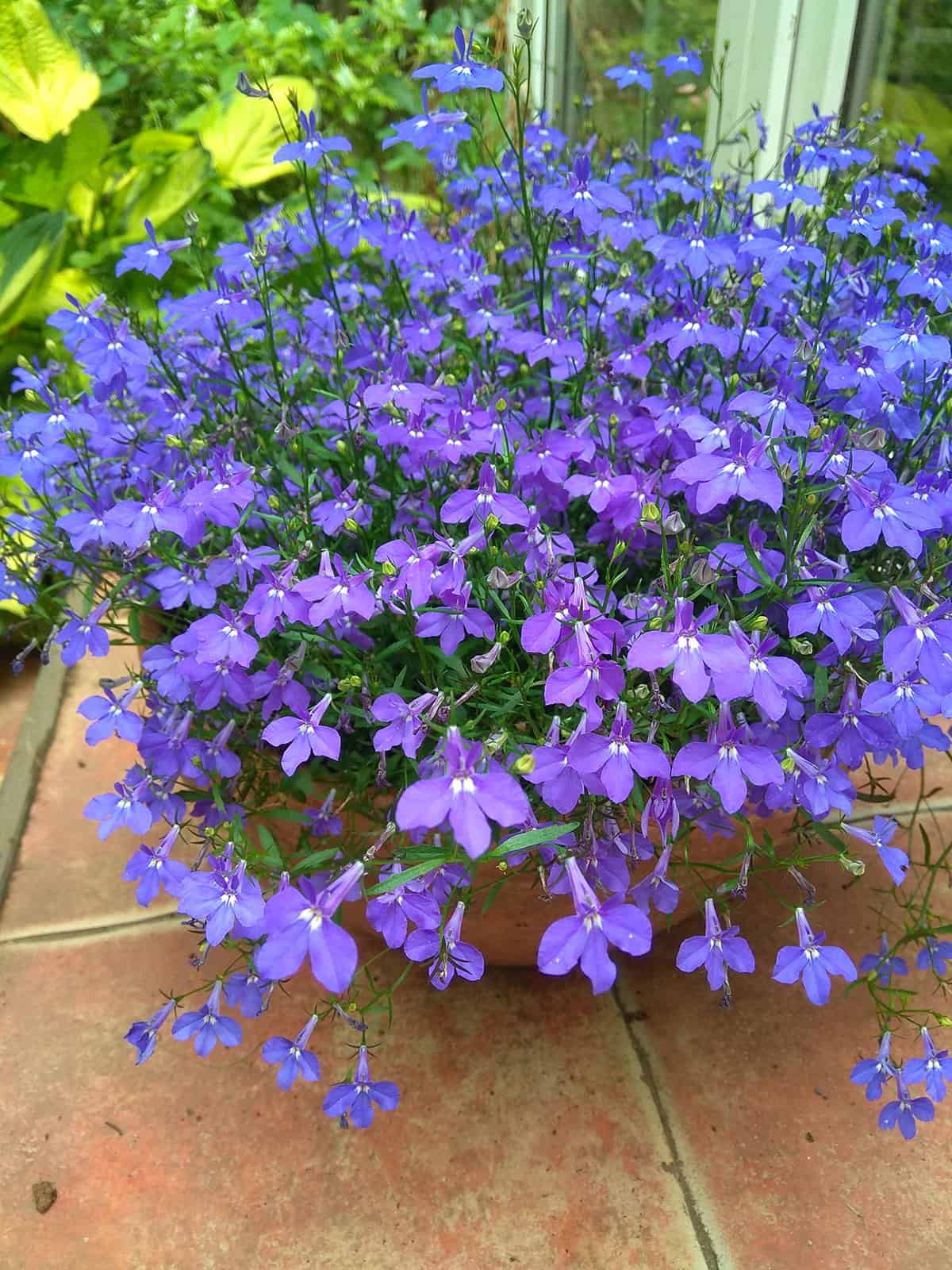
Lobelia covers itself in small blue, purple, or white flowers. It’s a favorite for hanging baskets, window boxes, and brightening up borders.
Cooler temps and some afternoon shade help them last, especially if your summers get hot. Keep the soil moist, but not soggy.
Trailing types spill over edges nicely. Trim them back if they get scraggly for a fresh flush of blooms.
Calendula
Calendula’s daisy-like flowers in yellow and orange can handle chillier weather and often keep blooming into fall.
They like full sun and average soil. Sow seeds right outside in early spring and they’ll take off.
The petals are edible, too—toss them in salads or tea. Deadhead to keep flowers coming and stop them from going to seed too fast.
Phlox
Phlox comes in tall types for borders and low ground covers for carpets of color. Their flower clusters are a magnet for butterflies and hummingbirds.
Full sun is best, but a bit of shade is fine. Fertile, well-drained soil and regular water during dry spells will keep them happy.
Creeping phlox is great for spring color on slopes or between stones, while the taller types make an impact in summer beds.
Delphiniums
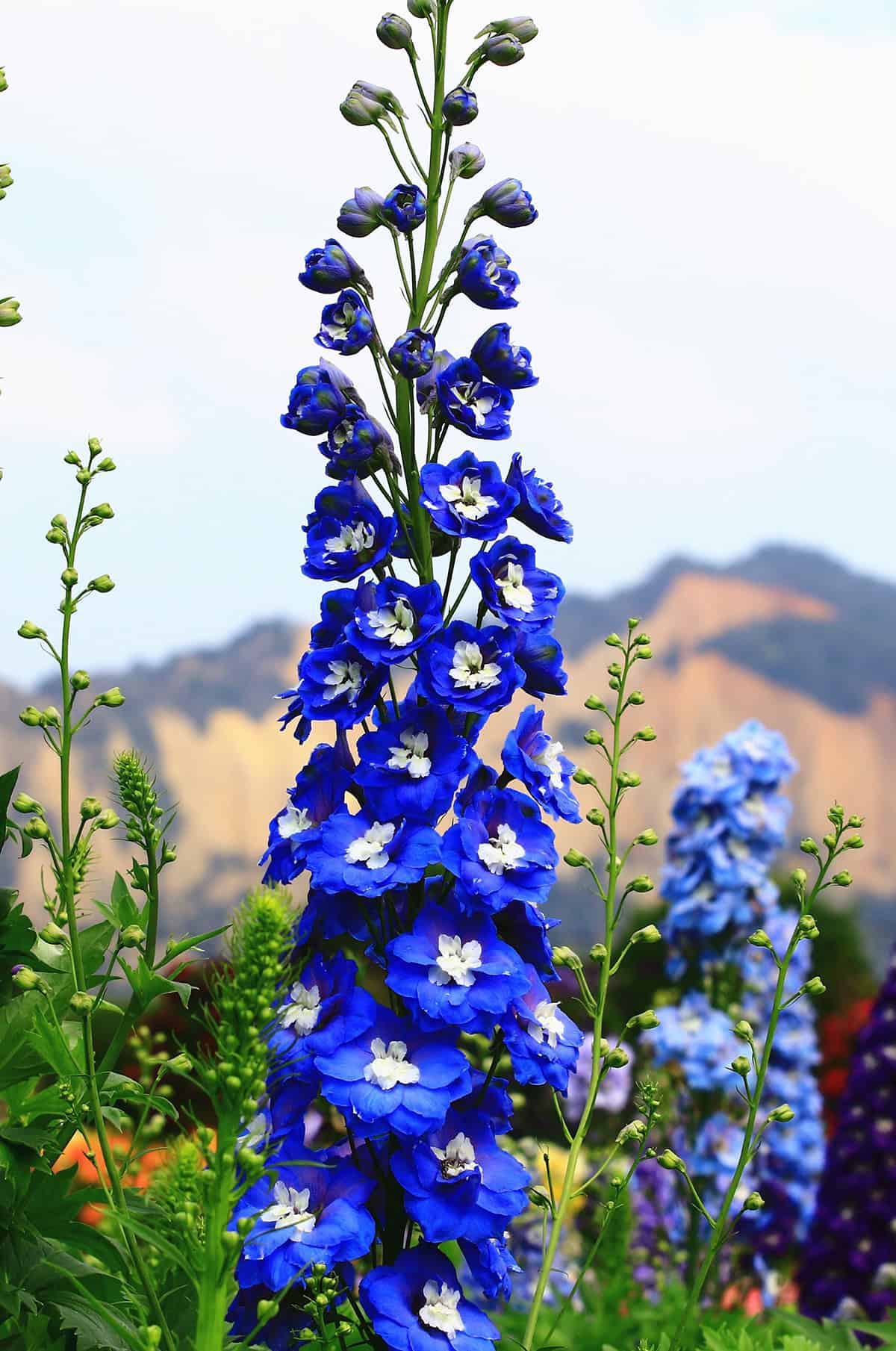
Delphiniums stand tall with spikes of blue, purple, or white—real attention-getters for vertical drama.
They need cool weather, rich soil, and plenty of sun. Tall stems can snap, so staking is a must.
Feed and water them regularly. Cutting back spent blooms often triggers a second round of flowers.
Black-Eyed Susans
Black-eyed Susans are tough perennials with gold petals and dark centers, blooming from midsummer well into fall.
Full sun and average soil suit them fine. Once they’ve settled in, they’re drought-tolerant and low maintenance.
They work in borders, meadows, or wild corners. Pollinators love them, and they last well in a vase.
Shasta Daisies
Shasta daisies bring that classic white-and-yellow look, blooming from early to midsummer and coming back each year.
Give them sun and soil that drains. Snipping off old blooms keeps the flowers coming.
They’re sturdy enough for arrangements and look right at home in cottage or cutting gardens.
Coneflowers (Echinacea)
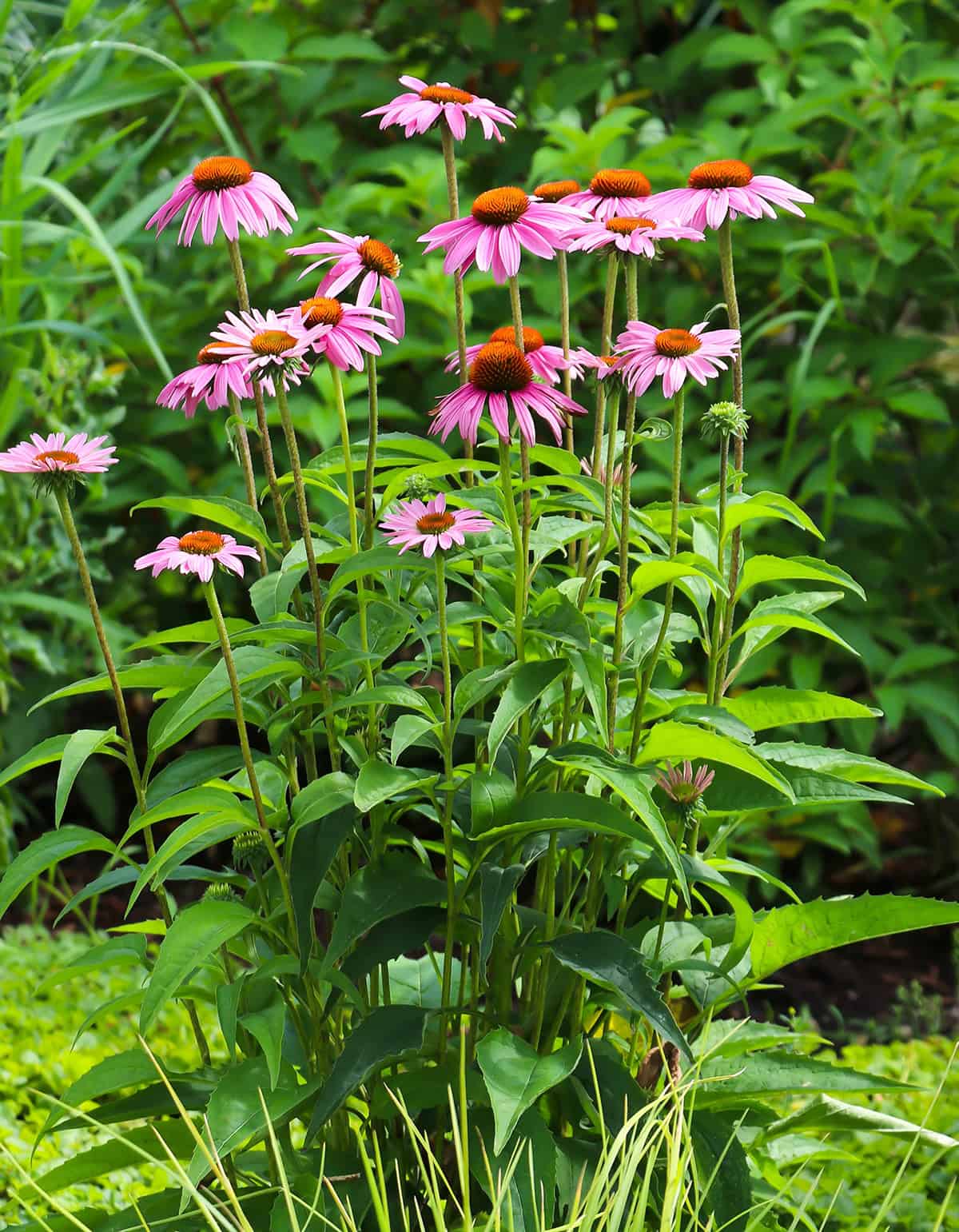
Coneflowers stick around for ages, with purple, pink, or white petals and raised centers that attract bees and butterflies.
They need sun and handle dry spells once established. They’re about as low-maintenance as it gets.
Try them in borders or wildflower patches. Leave seed heads for the birds come fall.
Coreopsis
Coreopsis lights up gardens with yellow or gold daisy-like blooms that just keep coming through summer. They’ll often reseed themselves, too.
Full sun and well-drained soil are key. They don’t mind heat or drought once they’re settled in.
Compact forms fit snug spaces, while tall ones suit wilder plantings. Deadhead if you want to tame the self-seeding.
Columbine
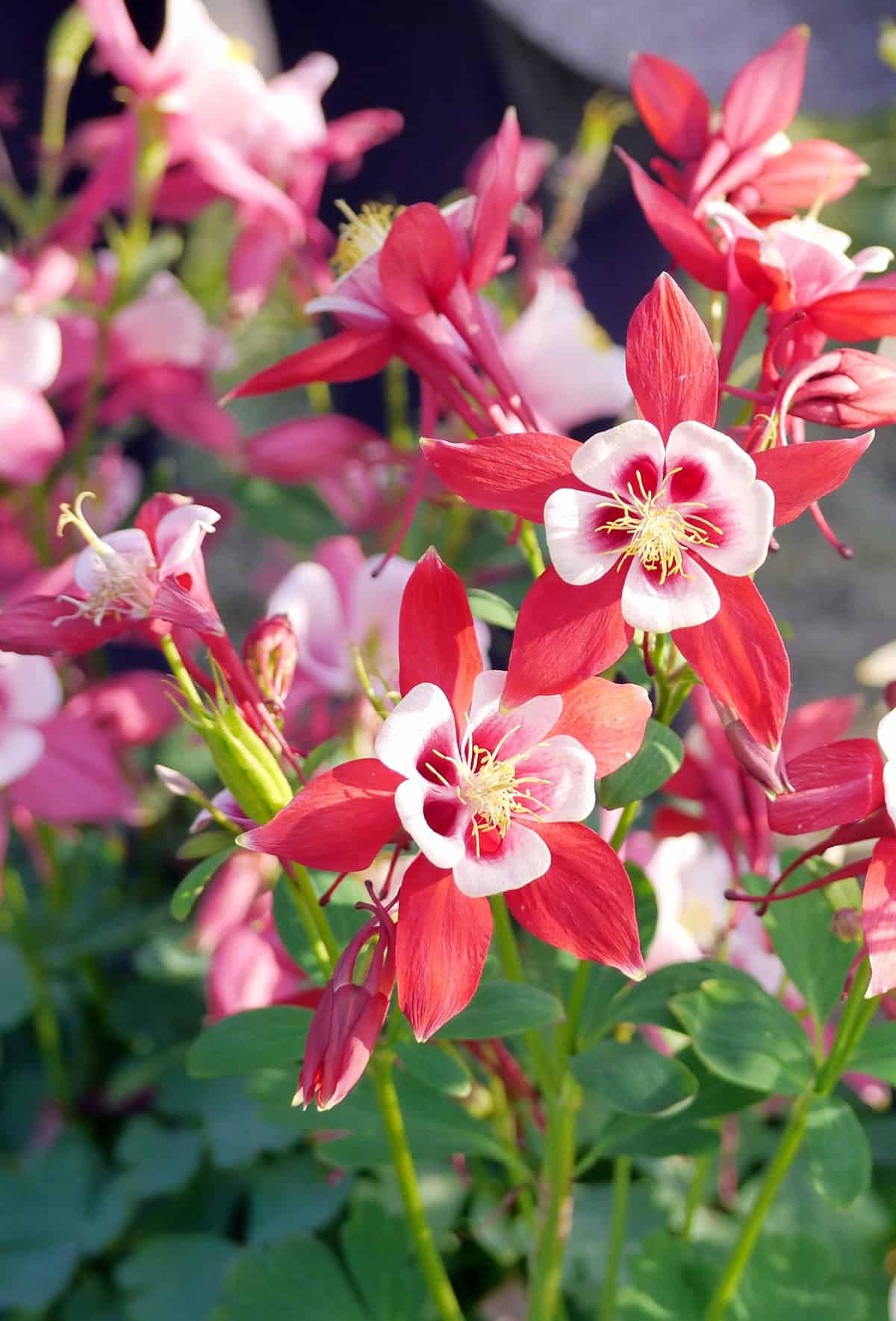
Columbine’s spurred flowers come in all sorts of colors, blooming in late spring and early summer.
Partial shade and soil that drains are ideal. They’re happy even in rocky or woodland spots.
If you let them, they’ll reseed and naturalize. The flowers are a hummingbird favorite and bring something a little different to shady corners.
Lavender
Fragrant blooms and that soft gray-green foliage—there’s just something about it, isn’t there? People love it for its looks and, honestly, its subtle flavor in the kitchen isn’t half bad either.
This one’s a sun-worshipper, and it’s picky about drainage. If you’ve got heavy clay or tend to drown your plants, you’ll want to think twice—roots won’t be happy.
Stick it in a border, tuck it into an herb patch, or even try a pot by the door. Snipping it back after it flowers helps keep things tidy and encourages a new flush of growth.
